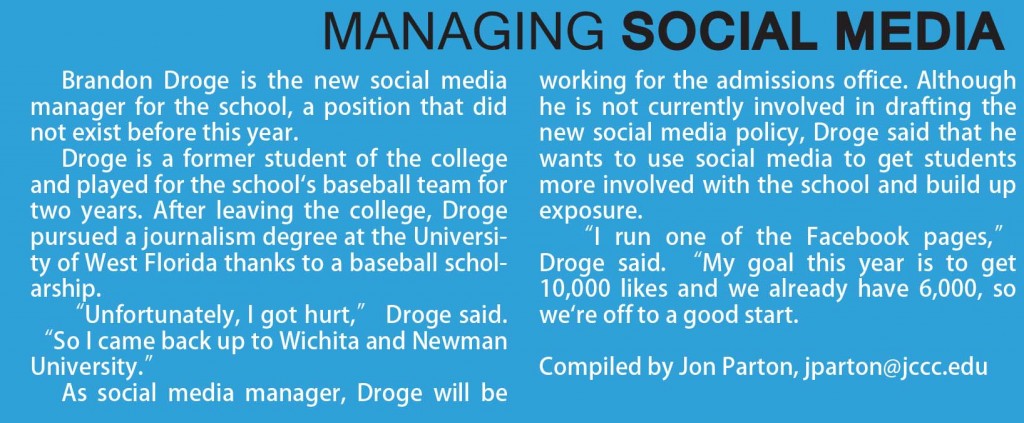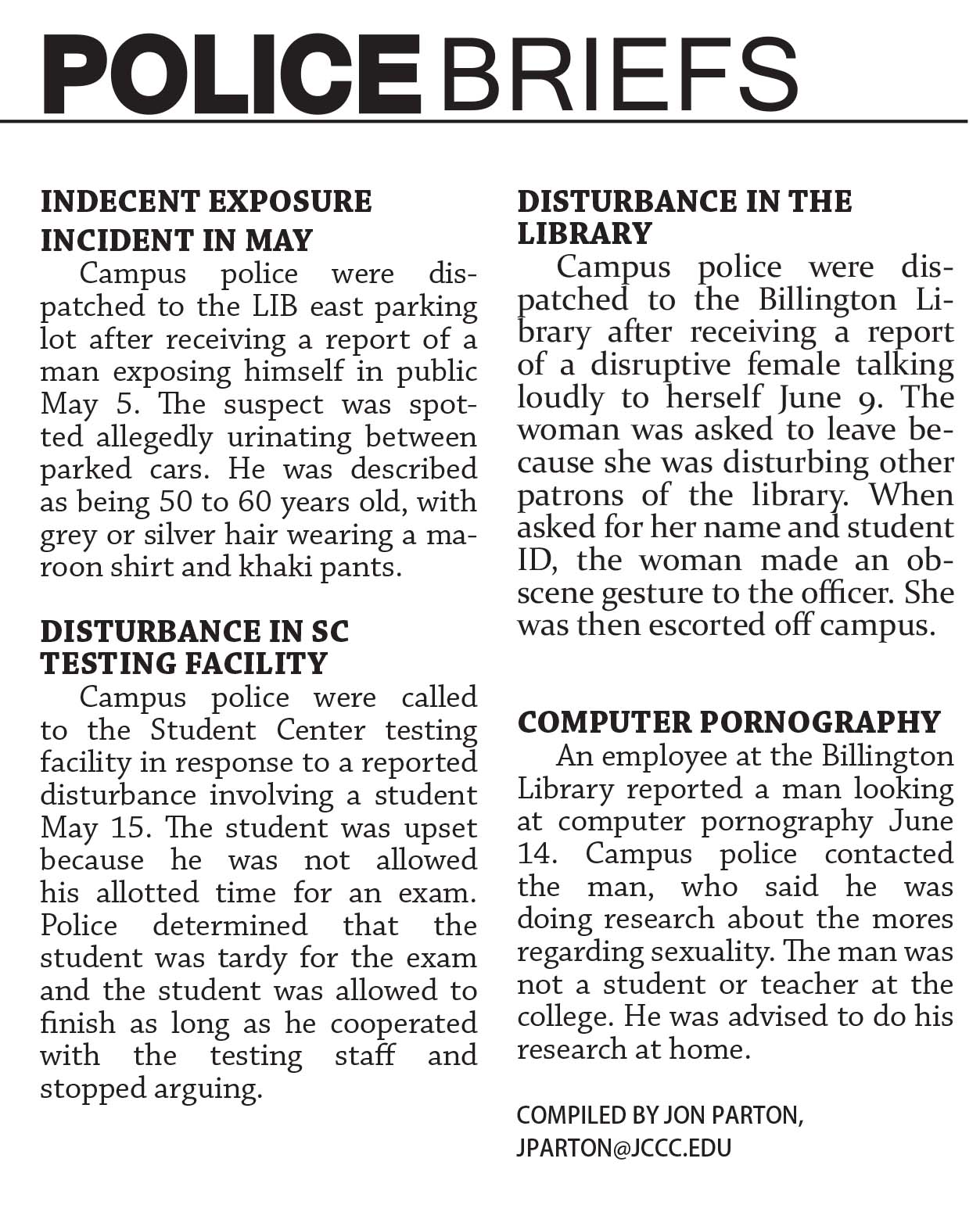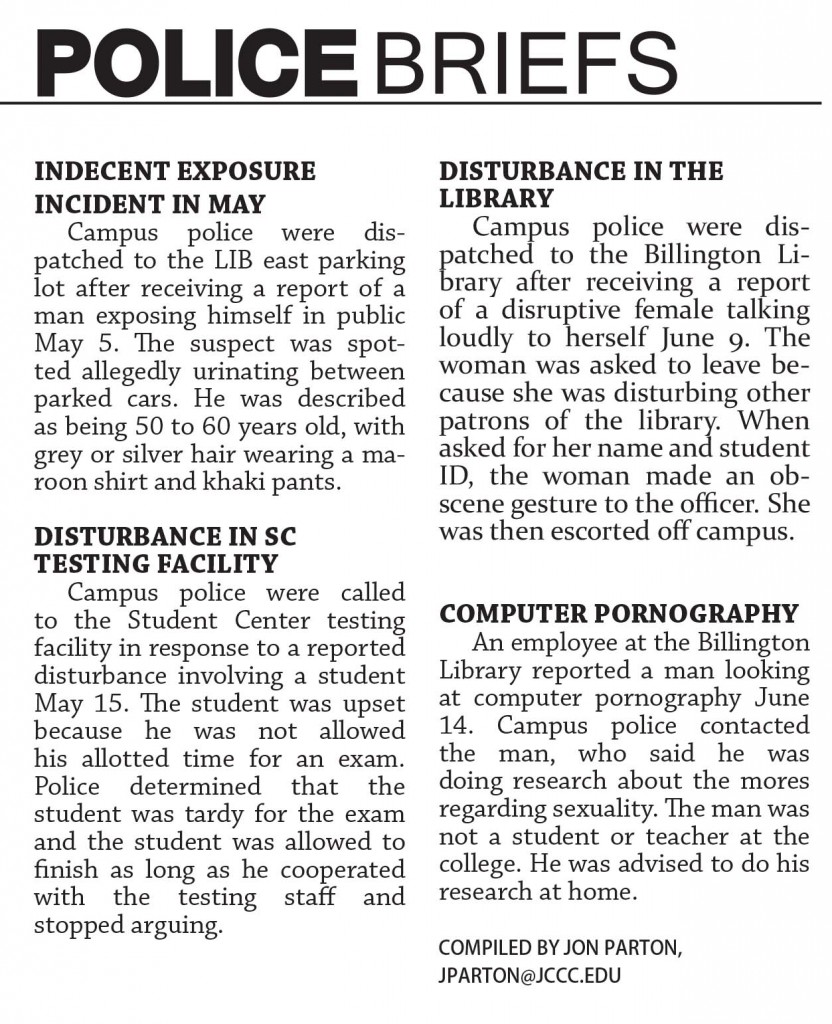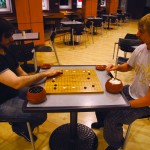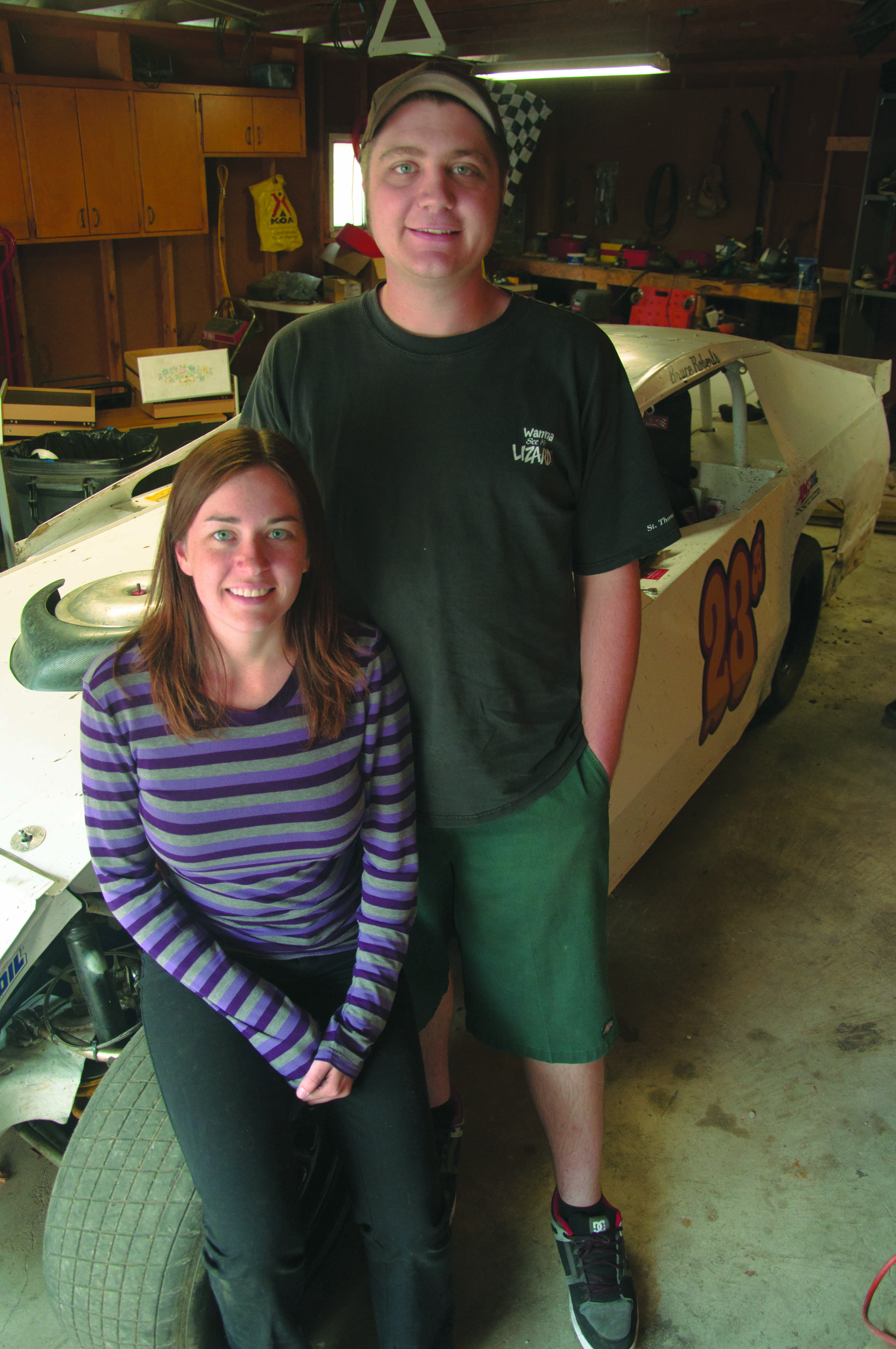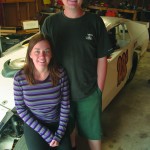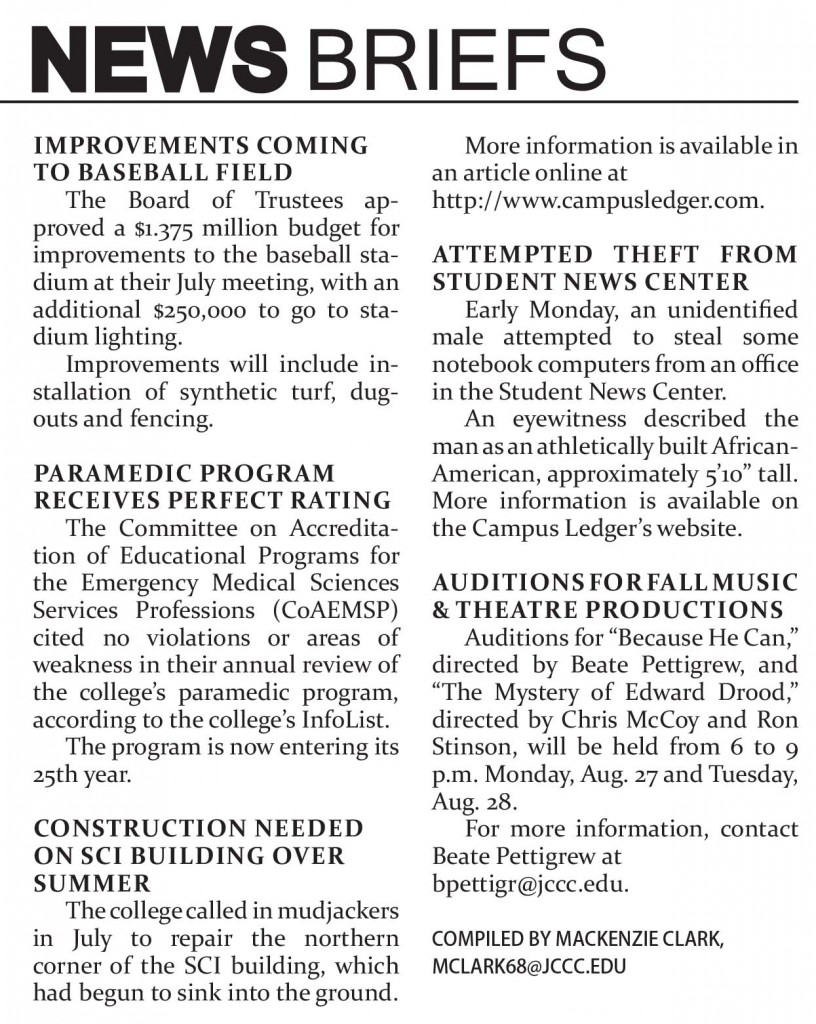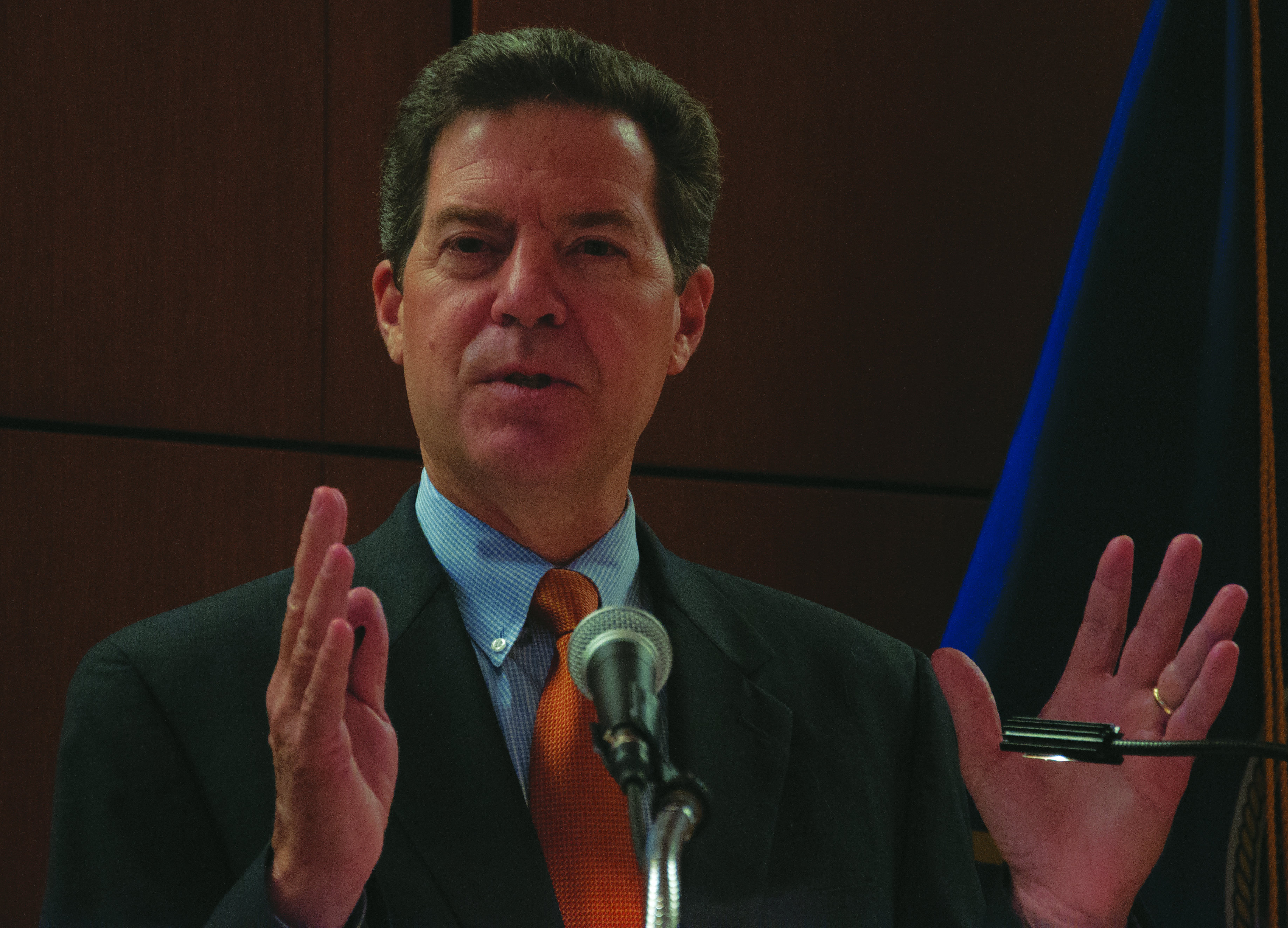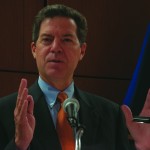Ledger staff reports, in collaboration with Kansas Watchdog
Earl Glynn, Watchdog Labs researcher, discovered a pattern which can enable criminals to easily predict the first five or six digits of Social Security numbers.
The pattern applies to people born in Kansas between the years 1989 and 2011, and the only information required is the subject’s date of birth.
Campus Ledger reporters Jon Parton and Mackenzie Clark teamed up with JCAV producer Mike Czerniewski to test the pattern on students of the college and film their reactions:
Read the full article by Travis Perry, Kansas Watchdog reporter, here.
Compiled by Mackenzie Clark, mclark68@jccc.edu
























 aris opted to vacate the position after deciding to attend another college.
aris opted to vacate the position after deciding to attend another college.

